Welcome to Matrix Education
To ensure we are showing you the most relevant content, please select your location below.
Select a year to see courses
Learn online or on-campus during the term or school holidays
Learn online or on-campus during the term or school holidays
Learn online or on-campus during the term or school holidays
Learn online or on-campus during the term or school holidays
Learn online or on-campus during the term or school holidays
Learn online or on-campus during the term or school holidays
Learn online or on-campus during the term or school holidays
Get HSC Trial exam ready in just a week
Get HSC exam ready in just a week
Select a year to see available courses
Science guides to help you get ahead
Science guides to help you get ahead
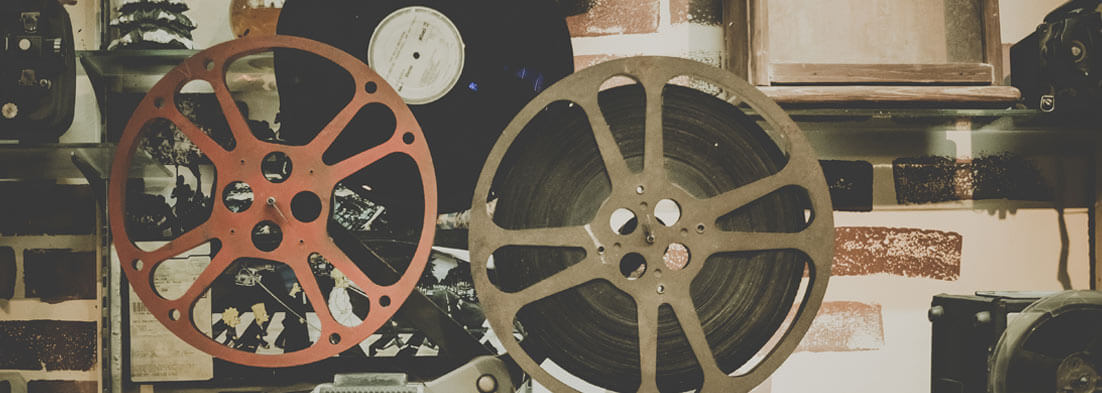
Guide Chapters
Analysing film and TV requires a different but related skillset to analysing a play, poem, or prose text. In this article, we are going to give you a step-by-step guide to analysing a film or TV show and explain how to take your insights to the next level.
Improve your analysis with templates, study prompts, and essay tips! Fill out your details below to get this resource emailed to you. "*" indicates required fields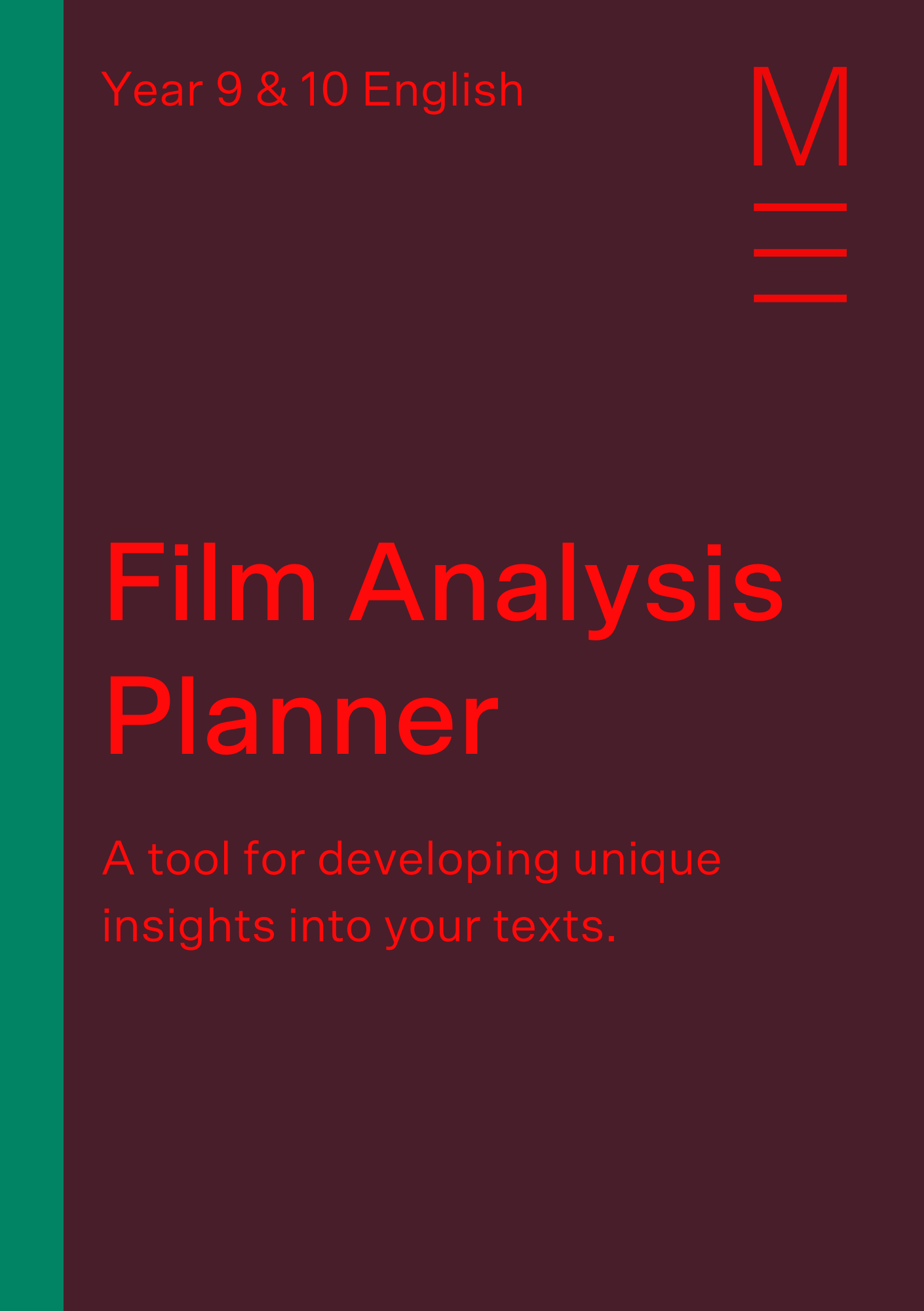
Download your free Film Analysis Planner

Download your free Film Analysis Planner
Films are events captured on camera as a series of moving images that make up a sequence or storyline. You may have been introduced to studying films in Year 9, but now we’re diving deeper into analytical responses to films.
Films should be treated differently to TV shows, as they usually have a higher budget and production value and team.
Films are produced in isolation as stand-alone narratives, whereas TV shows are created as ongoing narratives that are released in sections or ‘episodes’ that contribute to a loose ‘greater narrative’.
Distinguishing between these two is important as our approach to analysing TV shows requires a broad understanding of the show and intimate understanding of how each episode supports the broader narrative.
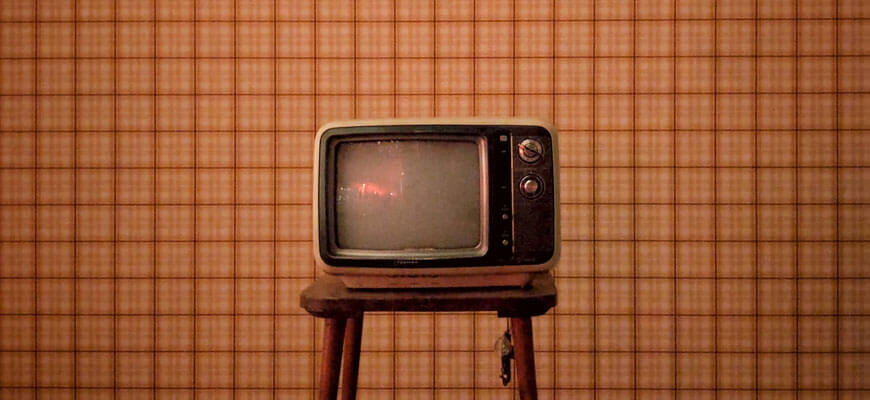
Fiction means something that is imagined or not real. Non-fiction is based on truth or real events that have or do occur.
Certain films and TV shows fall into each of these categories, but now more than ever the boundaries between reality and imagination are blurred in subgenres such as docu-drama, historical romance or tragicomedies.
Documentaries exist as a genre of film. They are non-fiction films (based on fact) and serve an informative purpose. However, documentaries include emotive techniques like fictional films to create empathy, provoke action or promote awareness of a cause.
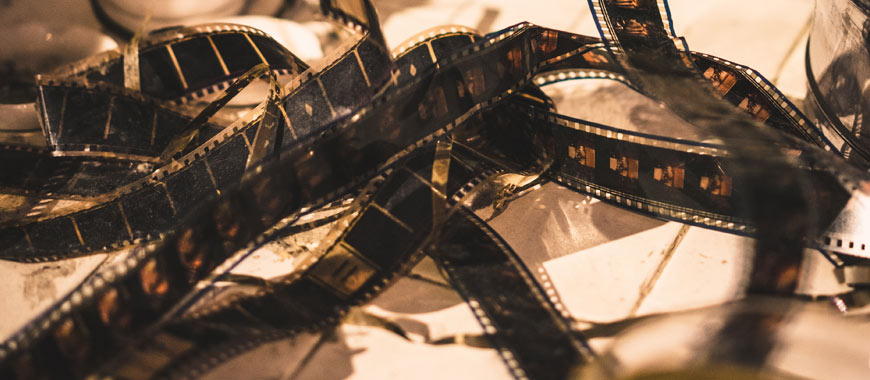
Films offer a form of visual escapism that has the power to capture and entertain audiences all around the world. With the number of genres, structures and styles of film, composers have a wide pool to dip in to when constructing a film.
The beauty of film is that composers (in this sense, filmmakers) use both visual and aural techniques in combination with editing to create meaning. Of all the text types, films are the most dynamic as there are usually two or more techniques being used at any given time in a film to convey a message, and it’s our job to understand how and why they have chosen to use these techniques.
Films create a unique form of storytelling that is accessible to many audiences. They animate the static nature of print art or pictures and give visual images to sound and music to create new meaning.
When we think of the most influential films in our own lives, we may not consider the film itself but rather the emotional or psychological responses we had when we watched it. What was the last movie you watched that left an impact on you? Did it make you cry, or were you in stitches with laughter? Did it change the way you think?
In order to achieve these responses from audiences, filmmakers use a variety of techniques to elicit emotional and psychological responses to film.
As students analysing film, it’s our job to look at what these techniques are, what their effects are, and why a filmmakers has decided to use them.
At Matrix, students learn to use the Matrix MethodTM
So let’s look at how this process works.
The first step is to watch the film in totality.
We’re analysing BULLY (2011) directed by Lee Hirsch. The documentary was filmed in America over the course of the 2009-2010 school year to show how bullying has affected the lives of five children and their families.
The clip we’re going to look at is below:
Year 10 English Guide Part 5 Film Bully 2012 Clip from Matrix Education on Vimeo.
The film has inspired a social action campaign called ‘The BULLY Project’ which aims to build empathy and promote proactive action to prevent bullying and its dire consequences.
After watching the film, reflect on how it made you feel.
Ask yourself these questions:
In a few sentences, write down your initial thoughts and opinions on the film. This is important as your further analysis of the film will be able to support, justify, or even challenge your perspective.
In relation to BULLY, the documentary was a moving, powerful and intimate look into the widespread problem of bullying in all its forms.
Not only did the film give insight into how bullying manifests, but they looked closely at how this behaviour is dealt with by schools, families and institutions, and how mismanagement and silencing of bullying can have severe consequences. The documentary led to the establishment of the BULLY project, a not-for-profit established to combat bullying.
Now let’s watch the film, and take note of any key scene or moments. You can pause the film at crucial points and write down timestamps.
As BULLY is a documentary, it constantly jumps between different locations and timelines, but we’ve noted down a few key scenes that we will analyse in the next step.
Along with the timestamps, you can add some detail about what is happening or has happened leading up to the scene.
Ask yourself:
This is important to take note of, as we can understand how the techniques that Hirsch used have created this mood.
It’s also important to understand how these significant scenes contribute to the complete narrative and TONE of the film – the bigger picture.
The scene we will be looking at in depth is the opening of the documentary.
This starts with archival home footage of a young boy, Tyler, with the dialogue of his father overlaying the sound from the footage of Tyler. His father describes Tyler’s character and how he grew up and struggled with bullies in his school. While he talks, the footage sporadically cuts to shots of his father’s interview with the documentarians.
After hearing Tyler’s father’s story, we soon find out Tyler took his life as a result of the severe bullying that he suffered. The shot then cuts to Tyler’s father and mother at his grave.
There are a plethora of film techniques that films, documentaries and TV series all use. Documentaries commonly use techniques such as:
We’ll be looking at these and a few more in our analysis of BULLY.
Sharpen and practice your English skills with our Year 10 English Course.
Improve your English marks this school term!
Deepen your analysis. Gain insights. Write confidently. Make it happen with our On Campus Course.
Shots indicate the positioning of the film camera in relation to the subject, usually in terms of distance. You may be familiar with these already, so you can find a full list of examples in the Year 9 Guide to Analysing Film.
In this scene alone, there are a multitude of shots that are employed by Hirsch which set the sombre, moving and serious TONE of the scene.
Hirsch opens with ARCHIVAL FOOTAGE of home films of a young boy pulling faces.
The positivity of the scene is interrupted by a ZOOM to MIDSHOT of a man whose FACIAL EXPRESSION shows that he is sad, almost as if he is about to cry.
The majority of this scene is comprised of MONTAGES of amateur camcorder film of a young boy growing up, learning how to ride a bike and practising taekwondo.
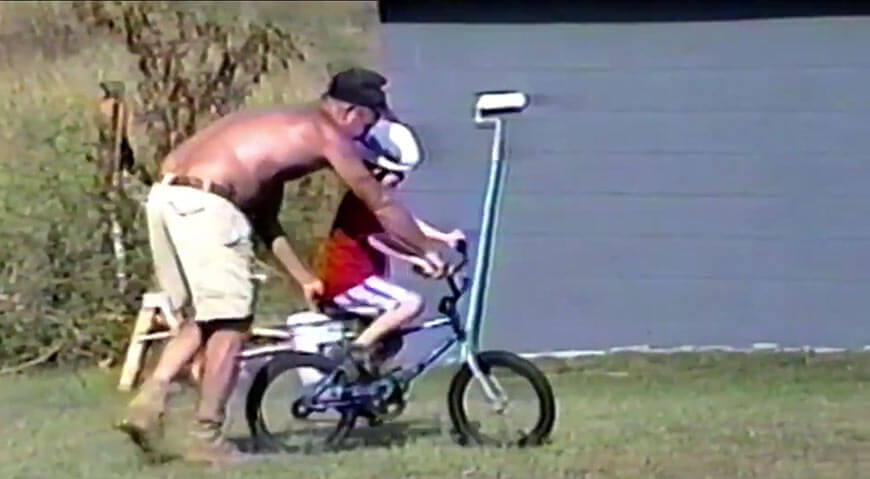
This ARCHIVAL FOOTAGE develops a melancholic and nostalgic tone for the audience, as we realise we are witnessing the growth of a boy who is no longer alive.
Later, the MEDIUM CLOSE-UP of the man, who we find out is the boy’s (Tyler’s) father, sets up an intimate interview setting. He describes his son’s experiences growing up and suffering from intense bullying. The proximity of the man to the camera increases ther emotional impact of his account.
From this combination of shots alone, BULLY sets a powerful tone for the audience as we understand the gravitas of bullying and its effects.
Mise en scène
Mise-en-scène is the French term for ‘placement on stage’.
In a film context, this refers to the composition of a shot, that is, what makes up the shot. This includes elements such as SETTING, COSTUMES, PROPS, POSITIONING and CHARACTERS.
During the opening credits of the film, there are two shots from inside a school bus. Screenshots of them are below:
This MISE-EN-SCÈNE in this shot comprises of a boy sitting alone on an empty school bus. The POSITIONING of the boy towards the middle of the bus implies emphasises a sense of loneliness or isolation that the character may be feeling.
In addition to this, he is in the shadows away from the brighter side of the bus. The CHIAROSCURO effect of the light positions him as alone and ‘in the shadows’ so to speak of scene.
This suggests that he is a victim or an outcast in society.
Now let’s see how this shot contrasts the next shot of the bus:
In this shot, taken from the same angle, the CHIAROSCURO effect has flipped, with the bright lighting overexposing the numerous children on the bus.
This is the first time we are introduced to the school bus setting, which becomes a MOTIF in the documentary as the setting of both socialising and peer-to-peer bullying.
Dialogue is vital not only to the progression of a scene, but the characterisation of characters in the film.
In the opening sequence, the father’s moving dialogue overlays the archival footage, and starts with a positive description of Tyler and his “infectious” laugh.
The speech takes a turn however, and he begins describing Tyler as a “loner” who was the target of bullying. The CONNOTATIONS of his father’s DICTION implies that Tyler’s character changed and he was no longer the same boy that he once was. This shift in the TONE of his dialogue is supported by a shift in the footage, from a happy, smiling boy to one that is crying and moody.
This forces us to consider what the catalyst of this change was.
The sequence ends with the DIEGETIC SOUND of the father’s dialogue as he and his wife visit Tyler’s grave.
The father reads the tombstone text, “Tyler Leelone. Born April 25 1992, died October 17 2009, aged 17.”
The morbid MOOD set by the dialogue is accompanied by MUSIC of a soft acoustic guitar and the DIEGETIC SOUND of crows in the forest. This is combined with a LONG SHOT of Tyler’s mother and father standing by their son’s grave ending in a FADE TO BLACK.
The powerful SILENCE that follows the father’s dialogue reiterates the severity of the situation and makes us feel empathetic towards their situation.
By annotating the scenes above, we have successfully analysed frames from the film and unpacked how Hirsch has constructed a visceral, raw and moving documentary about the negative impacts of bullying, not only on the victim but on their families.
The combination of aural and visual techniques makes BULLY a powerful film that provokes audiences to consider the culture and normalisation of bullying. It also gives voices to victims and shining light on their experiences.
Once we have this intimate understanding of the film as a whole, we can start to express our perspective by using examples to back up our responses.
You’ll find it invaluable to collate your notes into tables or visual notes that show the connection of individual moments to the overall text and its concerns.
At this point, we can collate our notes into tables or visual representations that express how certain scenes and techniques contribute to the overall text and its concerns.
This requires you to understand the THEMES that films treat.
In the example of BULLY, these themes may include bullying, power, ignorance and empathy.
Remember, there are a number of ways of formatting your visual notes, and you can find tips and how-tos in the first part of this guide.
Once you’ve got the basics of analysing film in the bag, don’t stop there!
It’s always worth developing and enhancing your skills so you become a master of film.
It’s important to watch the TV show, documentary or film uninterrupted to understand the film in totality.
Students who only watch sections or stop and start scenes in their first viewing may only get a fraction of the whole picture. If you don’t get a comprehensive understanding of the text, you can’t write effectively about it
Films require us to look from a micro and macro perspective of the film. When we understand the context, thematic concerns, techniques and purpose of a film.
We develop a deeper understanding of the film’s meaning.
In this way, it is important in analysis to go into detail in our responses to show the reader our depth of understanding.
Let’s see what this means. Consider the two statements below:
By going into more detail about how the dialogue represents not only Alex’s perspective on bullying, but also the issue of bullying culture in general, we demonstrate a more detailed and nuanced understanding of the film.
The meaning of a film can change depending on the film’s context, structure and genre.
Context relates to the situation surrounding the film, that is, the historical, social, political, economic and personal situation of the filmmaker and their environment when the film is made. This will influence their decisions and purpose in creating a film which ultimately affects the meaning conveyed in their film.
Similarly, a film’s structure greatly impacts the timeline and cohesiveness of a film. The structure of a film can hint at its context; deviations from the structural norm of a film’s context can alter the meaning of the film altogether.
Genre refers to the content of the type of film, and can help us categorise different films. Genres such as action, romance, sci-fi, and film noir can even cross over into hybrid genres, such as rom-coms (romantic comedies) or docu-dramas (documentary dramas).
If you want to learn more about context, genre, or structure read part 2 of this Guide – Textual Analysis in Year 10.
With our newfound knowledge of analysing texts, make sure to refer back to the ‘bigger picture’ of the film as a whole in its context.
To do this, we must:
What does this mean?
It means we need to think about how the specific topic of a scene in the text relates to the broader:
Now that you have the skills required to analyse film, you must practice by watching films set as prescribed texts or other film recommendations.
You should revisit films that you found moving or powerful, and see how the filmmakers have created this impact.
Did Avengers: Endgame bring a tear to your eye? Rewatch it and see how the Russo Brothers put those tear-jerking scenes together!
© Matrix Education and www.matrix.edu.au, 2025. Unauthorised use and/or duplication of this material without express and written permission from this site’s author and/or owner is strictly prohibited. Excerpts and links may be used, provided that full and clear credit is given to Matrix Education and www.matrix.edu.au with appropriate and specific direction to the original content.